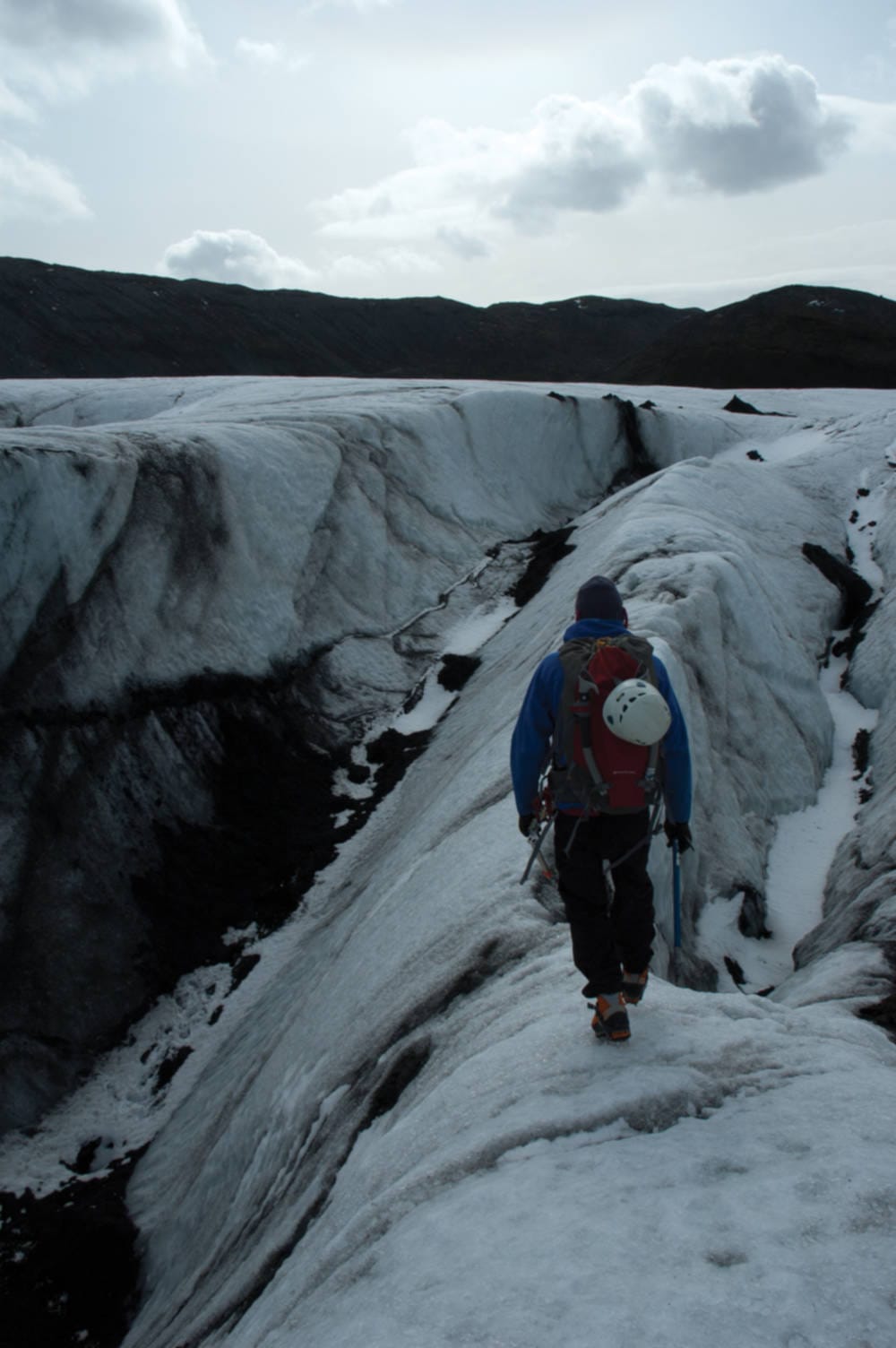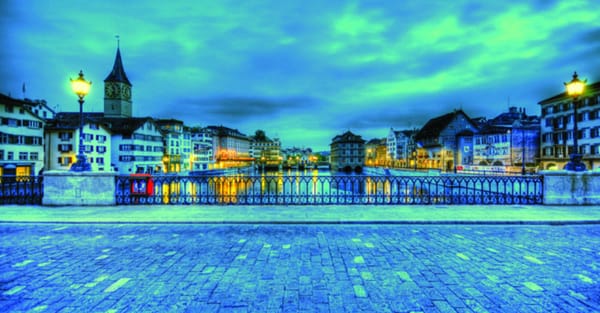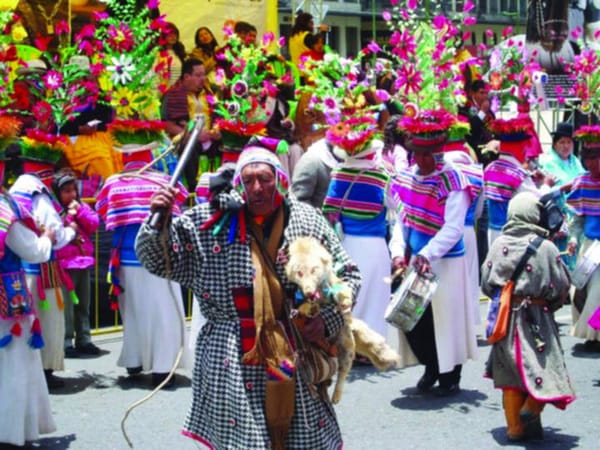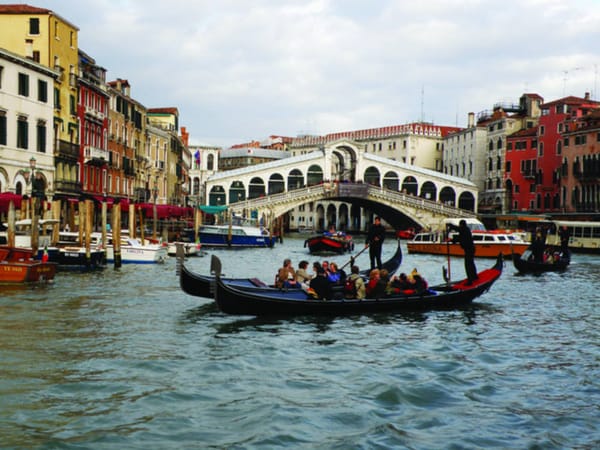Whale meat, hot pools, and hiking in Iceland
Guo Heng Chin spends two weeks in the great Icelandic outdoors

The eruption of the glacial volcano Eyjafjallajökull last year severely disrupted European airspace but pinned Iceland on the tourist map. It’s easy to see why the island in the middle of the North Atlantic was not exactly the place most opt to go for vacation: it is not heir to a rich cultural heritage as many European countries are, nor does it exude an exotic charm and sun of Asian escapes.
However, Iceland does evoke its own sort of charm. I was in the capital of Iceland, Reykjavik for two weeks to work on my MSc project during which I had the chance to sample controversial Icelandic dishes, frequent the city’s geothermal pools popular amongst the locals and explore the great outdoors that Iceland had to offer.
Reykjavik
Reykjavik is the northernmost capital in the world and is believed to be the place where the first Viking settlers who founded Iceland settled. Today, half of Iceland’s population lives in Reykjavik.
Like all capitals, it is home to the country’s best museums. Icelandic museums are humble compared to the ones in Europe, but are still a rich source of Icelandic culture. The Culture House holds the Icelandic Saga museum on its ground floor. The sagas are Iceland’s cherished literary heritage and also serve as a historical account of Icelandic life during the middle ages.
Whale watching is another attraction in Reykjavik. It cost about €40 to go on a trip which lasts for a few hours. In the summer months, the whale watching boats drop by the puffin colonies as well. However, whale sighting is not guaranteed on the trips.
From Reykjavik you can drive or follow a tour around the Golden Triangle circuit, which covers the Gullfoss waterfall, Geysir and Þingvellir (Þ is pronounced as th-) National Park, three of Iceland’s popular sights. Aurora sighting trips are available all year round, but are weather dependent.
However, everything in Iceland is exorbitantly priced, especially eating out. A simple meal in a restaurant puts you back 2000 Icelandic Kronur (£10). A paperback costs £13. And a pint of beer costs £5!
Hot pools and hot chicks
One of the distinctive attractions in Iceland is the geothermal pools. The pools are not just tourist spots; they are also the social hub for Icelanders. Maybe the cut-throat price of alcohol makes the pub less appealing for socialising. the thermal pools fulfill a social function very much like the pubs in Britain.
The rich geothermal resources in Iceland have given rise to a large number of thermal pools across Iceland and cheap access as well. Geothermal water used to be channeled directly into the pool but the rich mineral content corrodes the pipes, so now they use the geothermal water to heat up normal water (that’s how much geothermal resources they have), so I was a bit disappointed that it does not reek of sulphur like some of the natural onsen in Japan. The water in the pool is treated with minimal chlorine, so you are expected to shower thoroughly before you enter the pool.
I read once that Iceland has the highest proportion of good-looking women in the world and I did not believe it until I went to the thermal pools. After visiting the thermal pools every alternate evening (to chill out of course, nothing else!) I can vouch that it’s statistically significant that there are an inordinate proportion of beautiful women in Iceland (Reykjavik at least). The thermal pools are like a beach in summer, and most of the Scandinavian beauties are clad in bikinis even though the temperature above the water is a chilling 3-4 degrees celcius. There must be something in the water.
Moby Dick and the most disgusting food on earth
Culinary experience has always been one of the things I look out for when I am travelling. Iceland may not have the most innovative cuisines, but it does have cuisines that can not be found anywhere else in the world. The first is whale meat. Iceland is one of the few countries in the world where whale is commercially hunted.
Traditionally, whale meat has been consumed as cheap meat. In the late 1980s, a moratorium was imposed on commercial whaling, but was lifted in 2006. Now Moby Dick is making a comeback on restaurant menus.
My first taste of the largest mammal in the world was in the form of a burger at a hip restaurant bar called Geysir in downtown Reykjavik. Moby Dick has a similar tangy texture and seared appearance to its bovine counterpart, but a much richer and fuller flavour. It has a distinctive bloody aftertaste, and if you like your beef rare, you would enjoy a loin of Moby Dick.
Moby Dick is available as steak and even on a stick as kebabs. But the best whale meat I’ve ever tried was at an upmarket sushi restaurant an Icelandic friend recommended me. It’s a bit on the expensive side, but definitely worth visiting just for its whale sashimi. The smoked slice of Moby Dick wrapped in a core of wasabi cream cheese, watercress and pickle bursts with heavenly flavour as you take a bite. Dipped in the specially prepared citrus and olive oil soy sauce, it was hands down the best culinary indulgence I experienced in Reykjavik.
Hakarl (pronounced hau-kat), or rotten shark, is the most infamous of Icelandic cuisines. Made from rotting Greenland sharks for 6 months, it has a fearsome reputation and eating it is considered a feat of manliness. Gordon Ramsay puked while eating it. Anthony Bourdain called it “the single worst, most disgusting and terrible tasting thing [he’s ever eaten]”. It evoked gastronomical terror when I mentioned hakarl to Icelanders; amongst the comments I got from them: “you only eat it once in your life.”, and “I wouldn’t eat something that tastes like urine…”
Hakarl’s reputation stems from its overwhelming ammonia smell, which invokes a gag response from first timers. It comes in unmenacing light brown cubes. The hakarl has a chewy texture and it’s only when you munch it for a while that the ammonia stench assaults your taste buds and nostrils. Never kiss after eating it, advised a local.
Venturing into Earth’s butt-crack
Iceland may not be well known for its outdoor activities, but it does have some very interesting and unique spots for those seeking adventure. Glacial hiking is certainly a trip worth doing. There is a glacier is two and a half hours away from the capital popular among adventure companies but is large enough that you feel that you are the only human there. You can try your hands on ice climbing on some of the ice walls.
Those with a diving qualification might be tempted to dive in one of the most unique diving sites in the world. Located in the Þingvellir National Park, Silfra is the rift between the Eurasian and North American continental plates, and is a UNESCO World Heritage site. That’s right, it’s probably the only place in the world where you can dive in between two continents. It’s an open water dive like no other because it feels like diving in a water-filled cave; you dive through winding crevices 4-5m apart, and though you stay at the depth of 10m most of the time, right below you is a fall of up to 30m! Silfra also has a stonking visibility of over 100m, making it one of the best viz sites for diving anywhere in the world. The National Park is also home to the world’s oldest parliament, right next to the Silfra crack.








